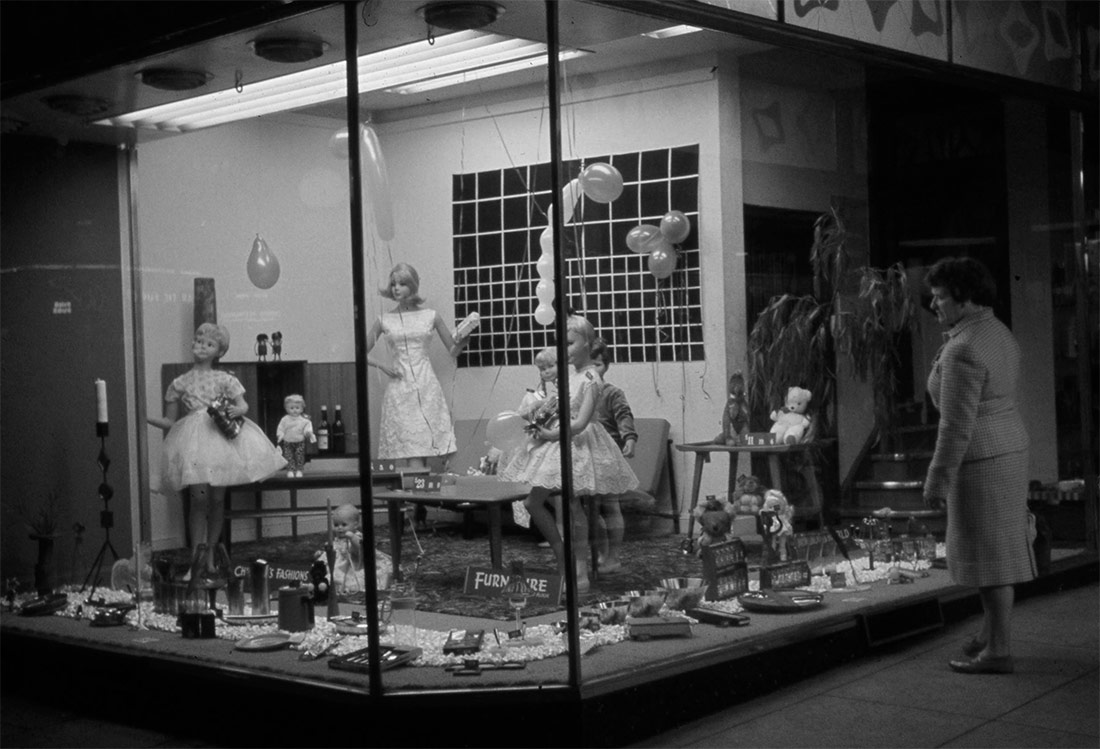
Broadloon Mill Shops festive windows, 1962 | Tyne & Wear Archives & Museums | No known copyright restrictions
Social media platforms aren’t merely spaces for communication, they also form part of our personality. The labels used to define our digital identity are multiplying and there is a proliferation of aesthetics related to lifestyles. Although we seek to differentiate ourselves, these habits and trends are commercialised by a homogenising digital capitalism.
Do you remember the first time you used the Internet? I mean, other than at school in the IT room, when the coloured headings option on Word 2007 was the go-to tool for any project. I think of the typefaces on Messenger, the clips of Patty’s World that I watched on YouTube on the sly because I wasn’t allowed to see the series, or Lady Gaga’s music videos, which, when I was a kid, seemed to me like movies of the highest calibre.
It’s dizzying to think how fast everything has changed in little more than a decade – Word 2007 was updated and the colour titles became a thing of the past, Messenger went out of fashion, and nowadays if I wanted to watch Patty’s World I’d probably use a streaming platform from the privacy of my mobile, not from my home PC. And the first Lady Gaga videos are already considered popular culture history, with that kind of “consecration” that only comes with the passage of time.
Today’s digital experience is different. The internet and social media are no longer just another social tool or a place to pass the time, they are part of our identity, and what we consume is somehow melded into our skin. This is how researchers Stokes and Price explain it in their study “Social Media, Visual Culture and Contemporary Identity”: “The proliferation of low cost, convergent digital tools allowed Millennials [and Generation Z] to document their lives in an unprecedented manner. The ability to constantly communicate in visual forms has created a generation of new media bricoleurs, who draw upon these creative tools to construct identity in multiple and shifting ways.”
These digital spaces where we can express our identity have been constantly changing. Images took over from text, and then the videos took over from images. It was Facebook, until Facebook stopped being cool; then SnapChat, until Instagram started including stories and filters that were better than the dog and the flower crown; Twitter, which is still withstanding Musk’s tantrums; and TikTok, the application of the moment, which undoubtedly brings together the best and the worst of the internet all in one.
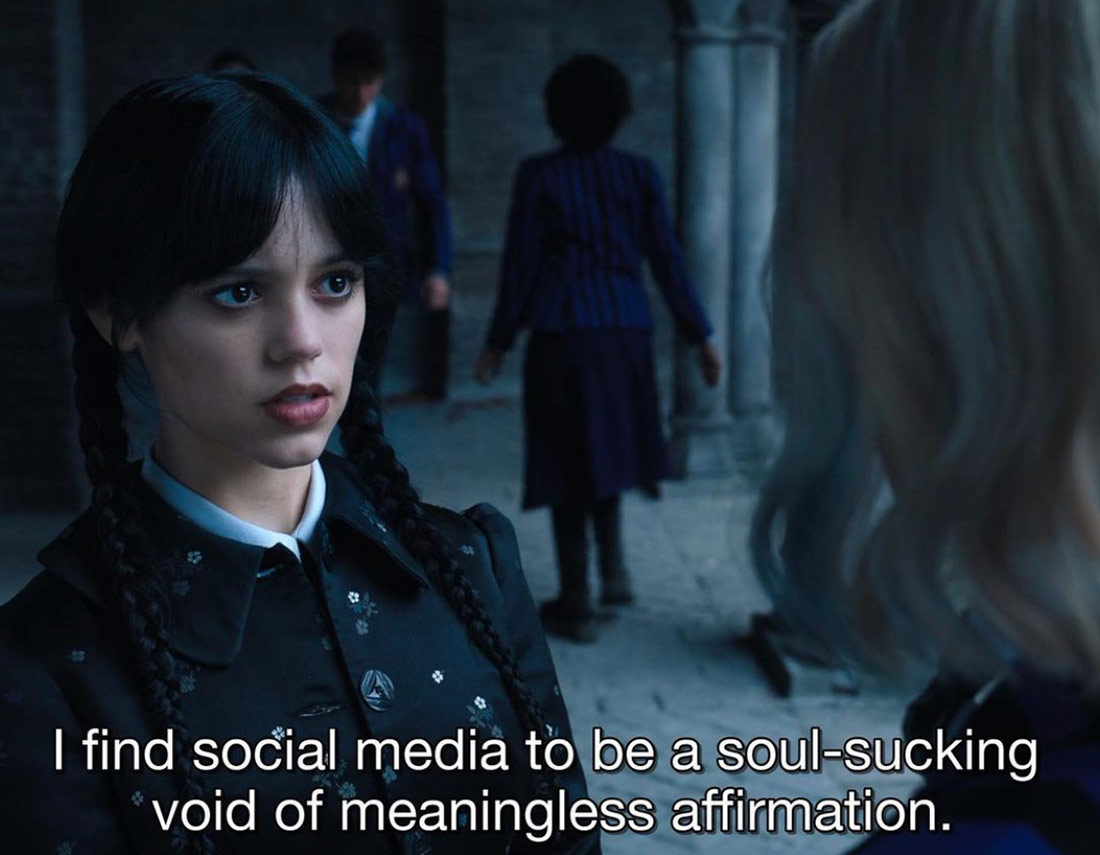
TikTok, TikTok… The algorithm that knows me better than my own mother. It knows everything I like, everything I don’t yet like, but which I will like, and everything I’m embarrassed to like. It pampers me, it tells me what I want to hear, but it also explains what it is I should hate about my body, my face, my personality, what I eat, or what I don’t eat, and then it hugs me again, and if it doesn’t, I “train” it by quickly scrolling past the videos it doesn’t get right, to make its job easier.
In the space of less than three years, the application has become the digital social scene. It’s home to the most viral memes, the latest songs, the hottest trends and the products that will sell out at the local supermarket (as happened with the “cruapán”, a mixture of sliced bread and croissant that went viral on TikTok and sold out everywhere).
Until now, no other social network had given users an experience that was so highly personalised and tuned to their own characteristics, creating spaces with micro-niches where digital identity, and its visual aesthetics, is more reinforced than ever.
In her essay “On Feeling Pretty When You Cry. ‘Cottagecore,’ ‘That Girl,’ & Self-Aestheticization”, the writer Madison Huizinga talks about how “The rise of TikTok has led to an ascent in niche-Internet aesthetics.” Think the Clean-Girl Look, Balletcore, Y2K, etc. This isn’t the first time these types of labels have been used to define ourselves, as this “has been an online trend since the days of early 2010s Tumblr blogs; however, the parameters of these new forms of stylistic appearances have become increasingly precise and intertwined with one’s lifestyle.”
This is a phenomenon we see especially in “the girl internet”, a term coined by the digital analyst Rebecca Jennings for that part of the internet where “the important things happen. It is where culture is born, where social norms are litigated, aesthetics are christened and slang terms defined”. Although she clarifies that the concept is flexible and “is not just for women”, but is simply a label that encompasses that part of the digital community that is sure to also use Pinterest and GoodReads, the part that comments on red carpet outfits and which considers mandatory reading worthy of due cultural importance the famous Twitter thread that narrates the relationship between Miley Cyrus and Liam Hemsworth.
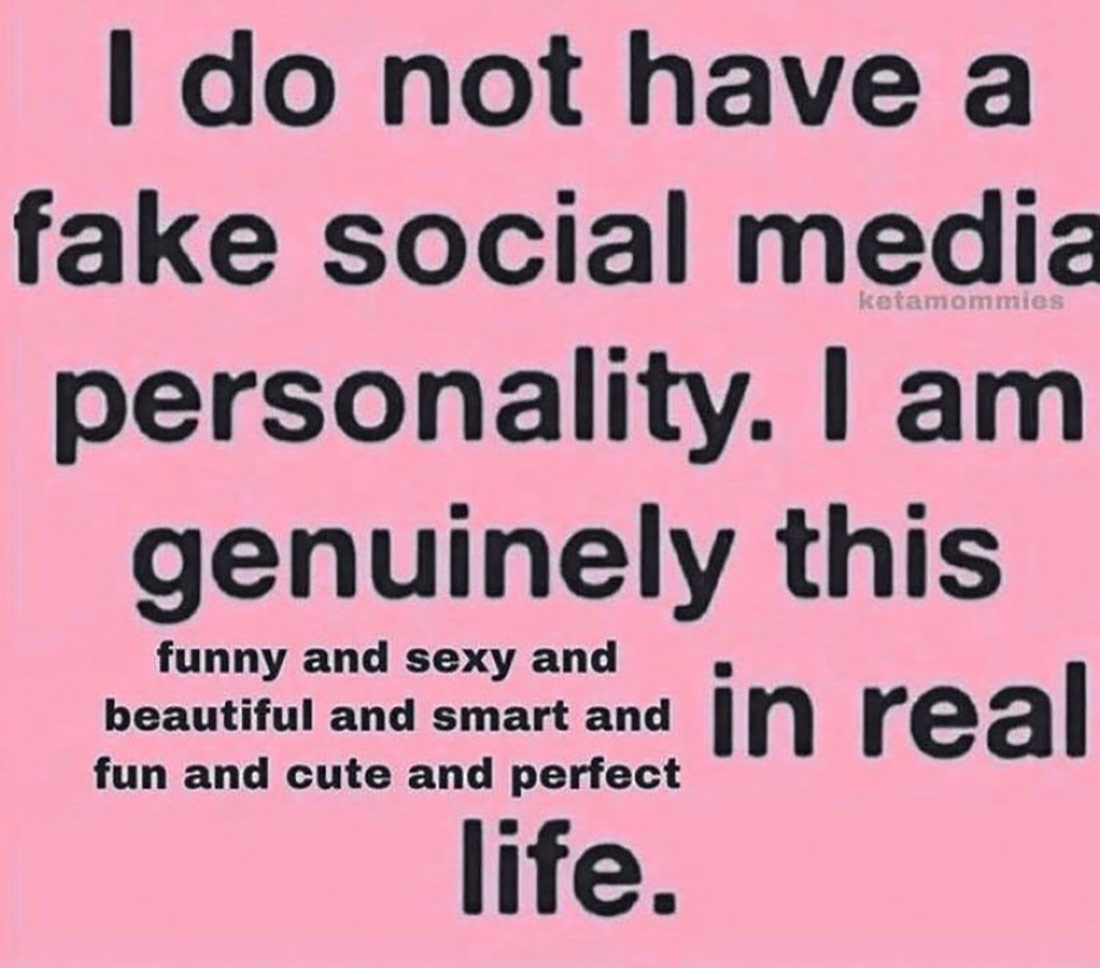
As Huizinga comments, the use of these micro-labels to define ourselves is becoming more and more specific, as, for example, one of the latest – the “Vanilla Girl” aesthetic, which involves dressing in beige tones, taking inspiration from Matilda Djerf or Hailey Bieber and journaling. The total diffusion of these aesthetics means that most of the time we don’t need to know their specific name, just the idea, since the concept is part of our imaginary and has transcended the internet.
Even so, many users view these labels with certain reticence and consider them to be nothing more than an identity game used only by teenagers seeking to reinvent themselves and try out different styles: “the incessant and insane categorisation of every single little feeling a human can have as entire personality model is entirely down to content-ifying our lives and the ‘branding’ that individuals build themselves. it all boils down to consumption,” as the writer and cultural journalist Jess White noted in a tweet.
This is how the growth in all these aesthetics directly results in a benefit for digital capitalism, which commercialises and exploits our online habits and tries to sell us or create the need for a certain product – something it has always done, although now in a more massive and perverse way.
But the urge to define ourselves isn’t just about over-using micro-labels, it also involves the concept of “era”, a word that has been widely batted around for months now both on and off social media. “I’m in my Fleabag Era”, you might hear from a woman who feels lonely, who has a lax lifestyle and toxic relationships with men. Or another woman might say she’s in her “Villain Era” if she feels like she’s always had to please others and grown tired of it, or in her “Main Character Era” if she wants to show that interesting things are happening in her life. The possibilities are infinite and range from the most specific to the most general, and the more ingenious or unexpected they are, the more they will be taken up on social media.
“Why be burdened with the shame of feeling like a failure when you can just say, hey, it’s only a Flop Era?,” explains the internet critic Rusty Foster in the article by Jessica M. Goldstein “Down and out and extremely online? No problem: Just enter a new ‘era’”, in the Washington Post. Foster also talks about how everyone who has grown up online has an “innate understanding that their self-presentation is a form of narrative creation”, and concepts such as this are the proof.
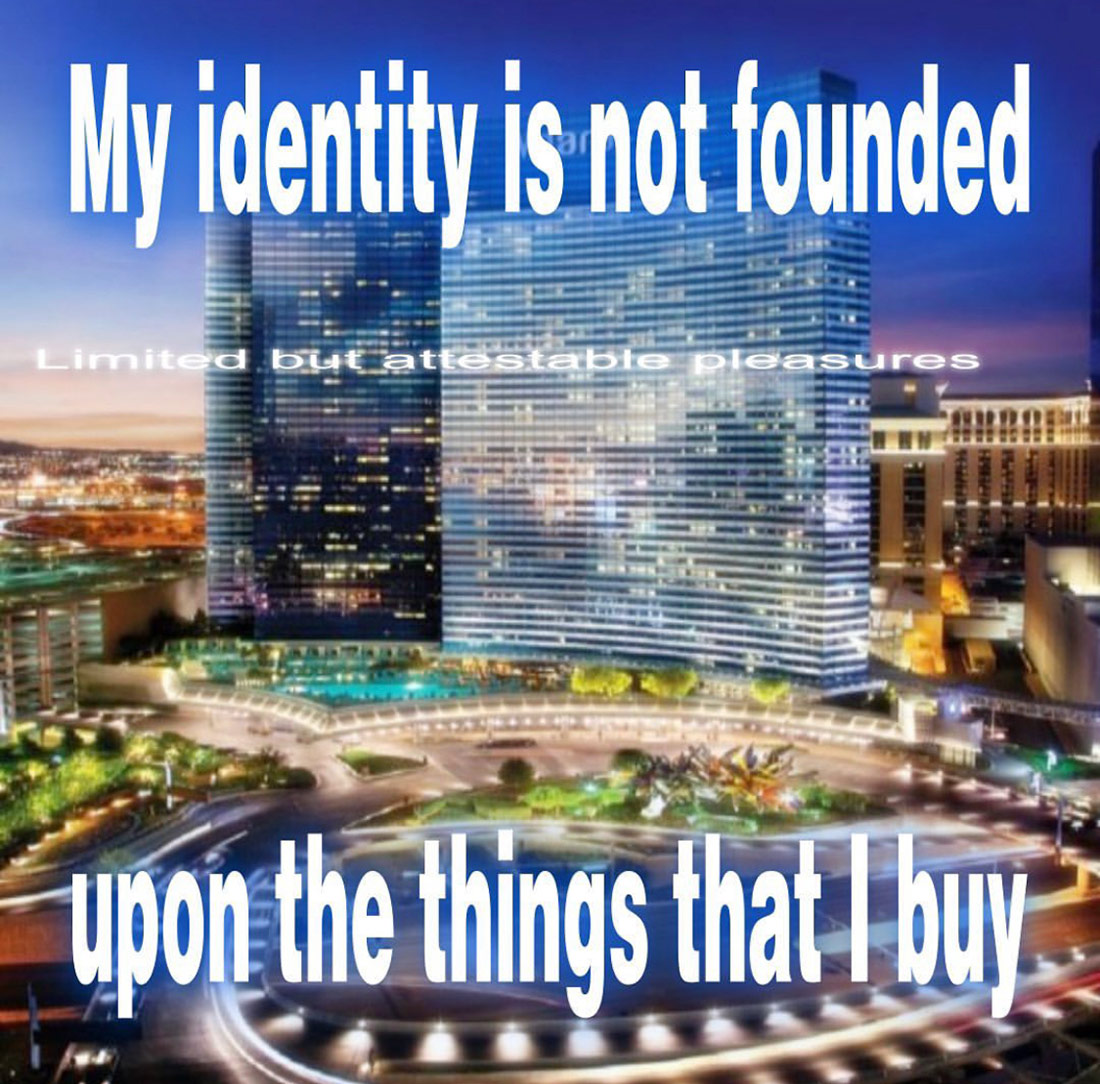
Ultimately, using the term “era” is another way of categorising our identity, as we do with aesthetics, or most online content, to make everything more consumable and appealing: “Social media has shifted our social models away from connection-building and towards audience-building, so we adopt increasingly commercial adaptations of our own identities. We abandon our rich complexities for a flat singularity that relies only on a pattern of consumption,” says @melhuman on Twitter.
In today’s digital context, the much-wanted search for authenticity or originality is more of a mirage than a reality. The constant creation of content is so intense and so precisely delivered to our mobile phones that it’s hard not to be overwhelmed by it all when you realise that no experience or thought is unique. Who hasn’t ever wondered whether their TikTok is spying on them after it shows them a video that perfectly fits some specific personal characteristic? The algorithm was the first to know that a girl had broken up with her boyfriend before she had time to tell her friends.
Trying to be different in an ecosystem of homogenising content that makes this impossible and proves that you’re not as different as you thought you were is difficult. Essayist Rayne Fisher-Quann wrote about this when she said that “everyone is jostling for attention in a crowded room, struggling to differentiate themselves within an algorithm that exists to turn their personhood into a commodity, subverting and subverting again and re-subverting and de-subverting until they’re right back in the mainstream.”
This individualistic current on social media is the direct result of how we present ourselves as a product or “commodity”, as Fisher-Quann puts it, using the same tools that a company would to market and sell its products. The paradox, then, is obvious: everyone seems to be more obsessed than ever with being “real”, with individuality and differentiation, “while simultaneously participating in one of the most intoxicating lifestyle reproduction mechanisms in human history,” the essayist concludes.
Whether through the massification of micro-labels, the expression “era” or turning our lives into permanent consumable content, it’s impossible to understand how our identities are represented online without understanding the influence of digital capitalism on this representation. The desire to differentiate ourselves, the fetish for originality and the self-definitions we invent are nothing more than tools that inevitably follow a pattern of consumption that entraps us, while at the same time we are genuinely grateful for having been born in the digital era.





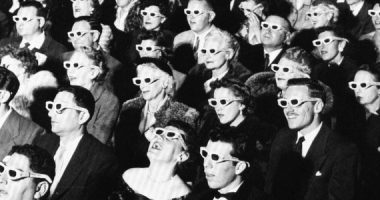
Sonia | 27 March 2023
Una aportació molt inspirada, Joana. Moltes gràcies. Tant com a mare com com a professora. Et fa res si faig servir el teu text a la classe?
Administrador | 28 March 2023
I tant que el pots fer servir!
Sofia Ansari | 03 April 2023
nice post
Marta | 13 April 2023
Boníssim, mil gràcies!!
Només a la vida OFF té espai per creixer un jo autèntic? O penses que amb criteri a l’ON també és possible? No queden reductes no comercials a xarxes?
Leave a comment